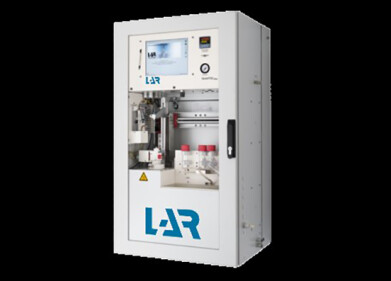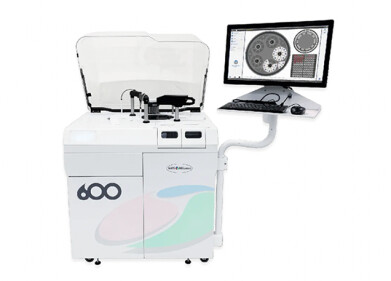Wastewater Analysis
How Many Microplastics Are There in Wastewater?
Sep 30 2021
Microplastics appear to be the watchword on every environmentalist’s lips these days. These tiny particles of plastic are pervasive across the planet, infiltrating every nook and cranny. They’ve been found at the top of Mt Everest and the bottom of the Mariana Trench, while certain estimates place the number of pieces of microplastic pollution in the ocean at a staggering 51 trillion.
There are a wide variety of different sources which contribute to this oceanic pollution, from contaminated rivers to improper waste disposal to road surface runoff. Wastewater is another significant element in the equation, which is why the scientific community has been striving to determine the quantity of microplastics in this particular body of water.
Inherent difficulties
Before becoming bogged down with facts, figures, estimates and predictions, it’s important to note that the task of quantifying the number of microplastics in any sample size is a challenging one. For starters, definition of the term itself has not been unanimously agreed upon, making it difficult to standardise microplastic measurements across the board. Having said that, the general consensus appears to be that any particle of plastic larger than 100nm but smaller than 5mm in diameter is a microplastic.
Even having overcome this particular hurdle, it’s still impossible for one existing monitoring technique to enumerate every single different type of polymer. This has led to some discordance among schools of thought, with some researchers favouring one particular method over others. To learn more about the innate complexities in the endeavour, please view the upcoming educational talk Detection of microplastics in the water treatment process: Considerations for sampling, processing, analytical methods and reporting microplastic occurrence in increasingly complex media as part of WWEM2021.
Isolating the issue
Given the challenges outlined above, it’s not possible to present an accurate reflection of the average concentration of microplastics in wastewater. However, certain studies have successfully analysed how many microplastics arrive in wastewater streams from specific sources. For example, a recent investigation into the emissions of microfibres from synthetic textiles due to clothes washing revealed that for every 6kg load of washing, 18,000,000 individual fibres were found. Of course, if that is a representative figure from just a single source of pollution, the concentration of microplastics in wastewater streams must be astronomical.
Fortunately, there is also good news. While not all wastewater systems are equipped with technology sophisticated enough to satisfactorily filter out those harmful particles, the UK is a world leader in this respect. Indeed, a recent study found that while untreated water in the environment contained 4.9 microplastics per litre, that which passed through a treatment plant contained just a fraction of this figure, at 0.00011 microplastics per litre. As such, regardless of how many microplastics are present in wastewater, it’s reassuring to know that 99.9% of them are filtered out by British plants.
Digital Edition
AET 28.4 Oct/Nov 2024
November 2024
Gas Detection - Go from lagging to leading: why investment in gas detection makes sense Air Monitoring - Swirl and vortex meters will aid green hydrogen production - Beyond the Stack: Emi...
View all digital editions
Events
Jan 12 2025 Abu Dhabi, UAE
Jan 14 2025 Abu Dhabi, UAE
Jan 20 2025 San Diego, CA, USA
Carrefour des Gestions Locales de L'eau
Jan 22 2025 Rennes, France
Safety, Health & Wellbeing LIVE
Jan 22 2025 Manchester, UK



















